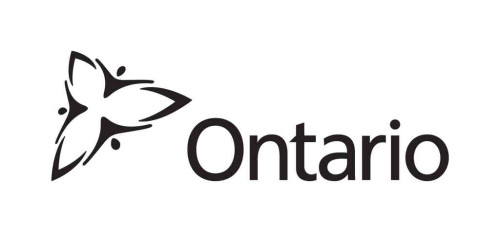NORTHERN ONTARIO—Public health agencies in the Northeastern region are emphasizing the need for a new funding model that reflects the unique challenges faced by Northern Ontario. These agencies, including Public Health Sudbury and Districts (PHSD), are advocating for “equitable” funding based on the specific needs of the region, rather than standard per capita payments, which they argue oversimplify the realities of healthcare in the North.
In a letter to Ontario’s chief medical officer of health, Dr. Kieran Moore, seven Northern Ontario health units—including those in Sudbury, Algoma, and Timiskaming—explained how factors like socioeconomic disparities and limited access to primary care require a more tailored approach. The North has 32 percent of Ontario’s municipalities but only 20.5 percent of its health units. Furthermore, the region has significantly lower GDP growth—averaging just 0.1 percent between 2009 and 2018, compared to 1.7 percent for the rest of Ontario.
One pressing issue noted by the letter is the severe shortage of healthcare providers. In Sault Ste. Marie, for example, 10,000 patients, representing eight percent of the local population, were de-rostered from their primary care provider earlier this year due to difficulty recruiting replacements. The province responded with $2.8 million to establish a nurse practitioner-led clinic for 11,200 patients, but critics see this as a temporary solution to a broader problem.
For specialists, the wait times in Northern Ontario are considerably worse than the provincial average. While 65.2 percent of Ontarians wait longer than 30 days for specialist care, this rises to 73.8 percent for residents under the North East Local Health Integration Network (LHIN), which includes the Sudbury-Manitoulin region.
Additionally, socioeconomic factors weigh heavily on health outcomes in the North. Indigenous populations in Northern Ontario, particularly those living on reserves, face much higher rates of low income. For First Nations people on reserves, the median income is $32,400 compared to $50,400 for non-Indigenous residents of the province. This financial strain puts extra pressure on local public health budgets.
“Our community health profiles across the North clearly show why we need funding that is based on equity rather than simple population numbers,” said Matthew Shoemaker, mayor of Sault Ste. Marie and a board member of the health unit. The letter argues that without this shift, the North will continue to struggle to address its significant health disparities.
PHSD and its partner agencies hope that by bringing these critical statistics to light, they can secure the resources necessary to improve health outcomes in Northern Ontario’s unique and underserved communities.






